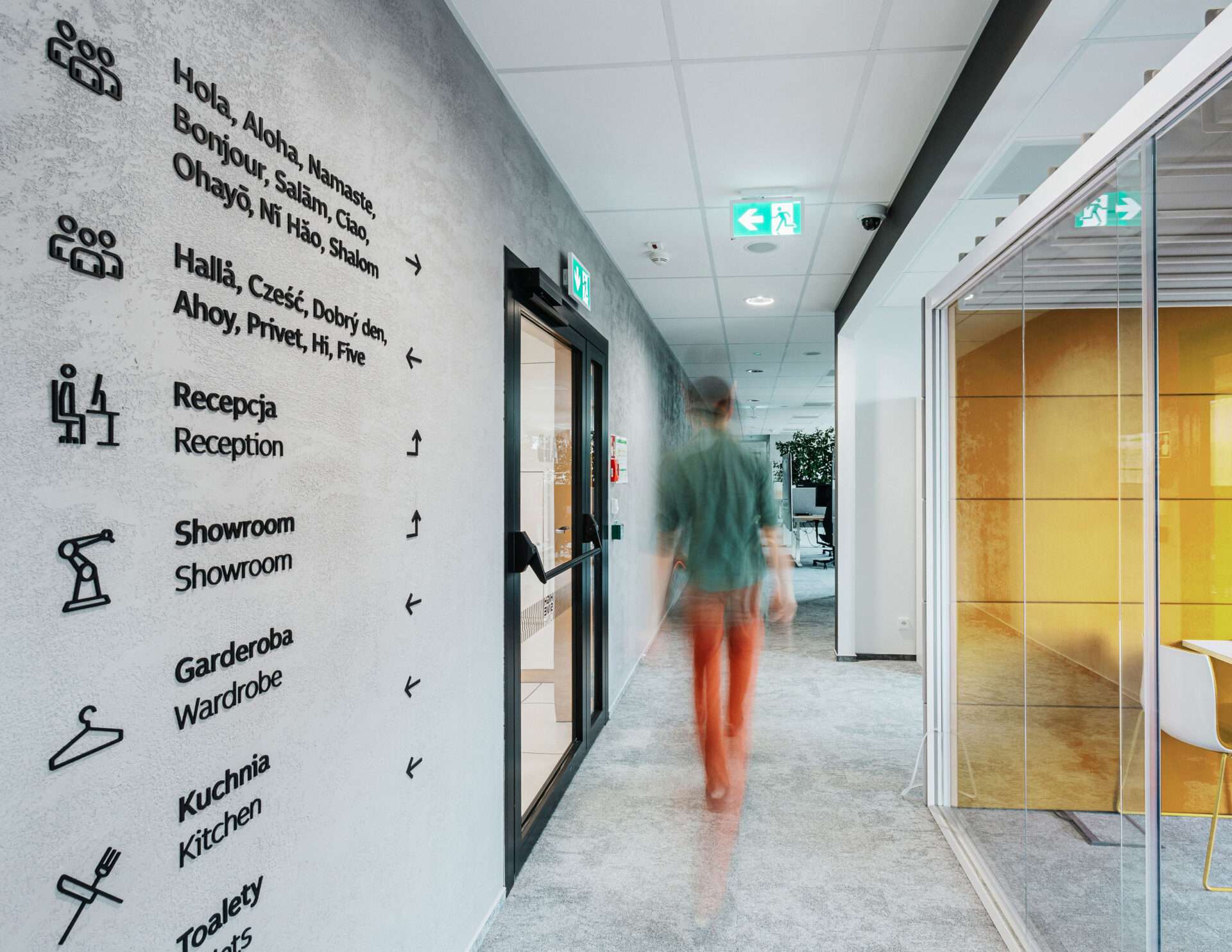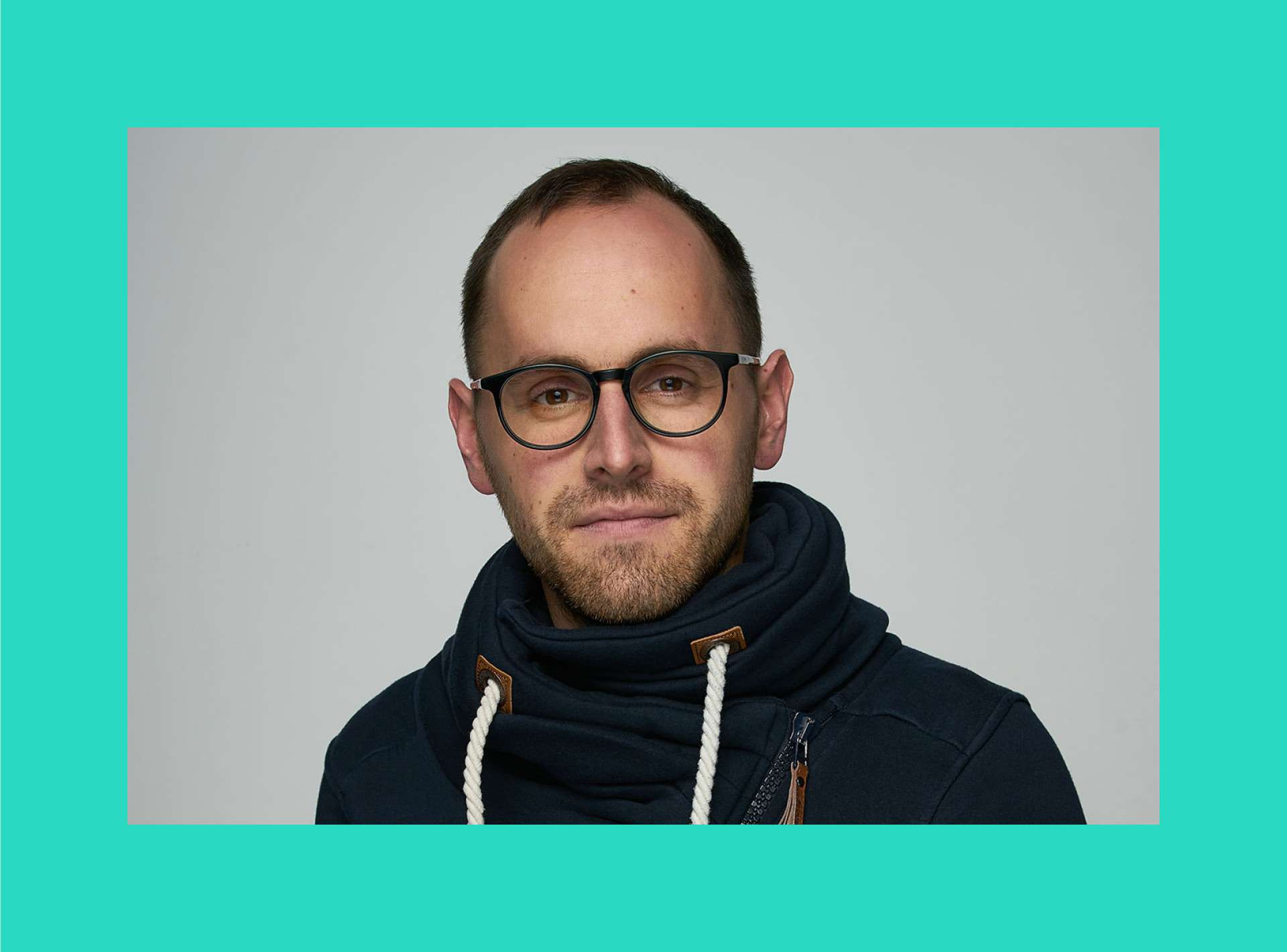In the last year, Admind has received nine prestigious awards, such as Red Dot Design Award, Creativity International Awards, and Polish Kreatura. Piotr Wiśniewski, Creative Director at Admind, is advising on how to prepare an application for industry design competition.
What is the aim of earning rewards?
First of all, before taking part in the industry design competition, it is worth considering the main goal to achieve – apart from the main good image-related. Do you want to attract new customers? Or maybe new employees? Maybe you have a different goal? The chosen direction will determine the list of the competitions you want to participate in.
Which projects should be submitted?
Once you have established your motivation and selected the right competition, consider the projects you would like to submit. It is worth analyzing the competition categories and analyzing the projects awarded in previous editions, to best match your project to the given requirements. Based on that, you will get an idea of the most welcome design.

How to technically prepare for the design competitions?
Before you start your preparation, read the requirements regarding its form. Can you use a video form or only a limited number of still images? Can the images contain text or is the description provided independently? What does the jury primarily take into account when evaluating projects?
The design competition regulations precisely describe these requirements and determine the way of presenting the competition entries. At this stage, it is worth reviewing the projects awarded so far – they can become an inspiration when creating a perfect presentation, as well as suggest what to pay special attention to.
How to tell a story about the project?
First of all, you need to consider what distinguishes your project from others and what thread you want to build your message around. Avoid extensive, complex case studies – the message must be simplified to a minimum. Even if the project was multi-threaded and took months to develop, try to build a description to contain one specific thought. In the visual identification of Lunapark, a project awarded in the Creativity International Awards and recognized in the Kreatura 2020 Independent Creation Competition, we focused on the brand experience of the place and we build a message around this one thought.
Remember that jurors review hundreds of entries and spend little time on each proposal during the first review. A clear message can catch their eye.
How to show the project in the best way?
Readability, brand consistency, quality – these are the three features that should be followed when preparing
a competitive application.
The legibility of the project means that you simplify the message to one thought and build storytelling around it. It is worth not only presenting the technical layer but also drawing attention to the story. Add only the information that is crucial to the project and don’t repeat yourself – spilling water is not the best practice. In this case, follow the principle: “less is more”.
Coherence is expressed in the fact that the description and the image must be harmonious and integral. Audiences should see the relationship between these elements. As I have already mentioned, in the visual identity of the Lunapark project, we focused on the brand experience of the place, so it was a natural consequence to show people who have fun in this magical place. We wanted the emotional branding and experiences of these people to be felt, and at the same time, we wanted to show how visual identification functions in a natural environment.
Quality is another important element because a high level of presentation is the key to success.
What else to remember to stand out?
Look for an original way to present your project. Maybe an original photo session or an interesting context that will reflect the character of the brand? If you want to show your logo, do not necessarily choose a popular business card or mug – find a better context, appropriate for your brand. If you can’t afford to organize a special photo session, look for original and realistic mockups. Avoid publicly available resources as there is a risk that the same mockup will repeat itself in another issue. It is very important to show the implemented project, not just its dry concept.
Also, it is always good to show the backstage, i.e. the stage of work on the project. It is worth remembering to document sketches or individual steps already at the creation stage. Such materials can be of great value to evaluators. The aesthetic layer does not matter in all design competitions. Sometimes the results are also important. Therefore, before we enter the competition, it is worth considering what we want to measure and why.

